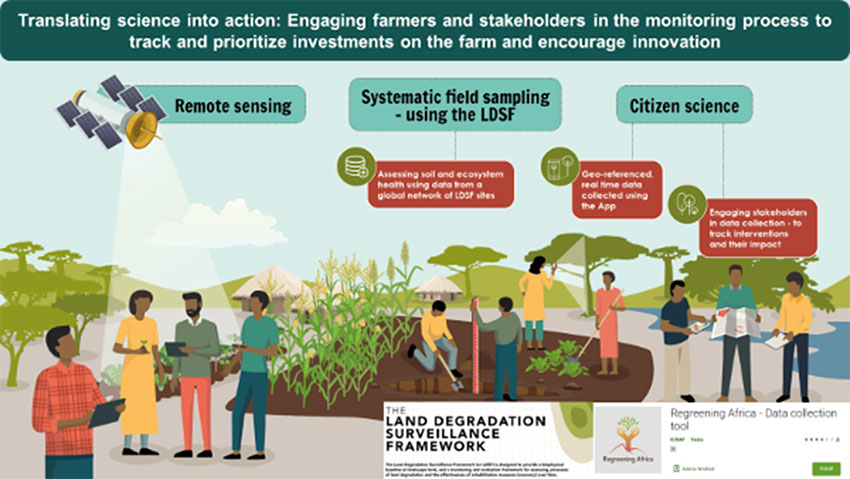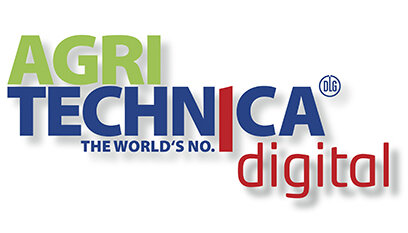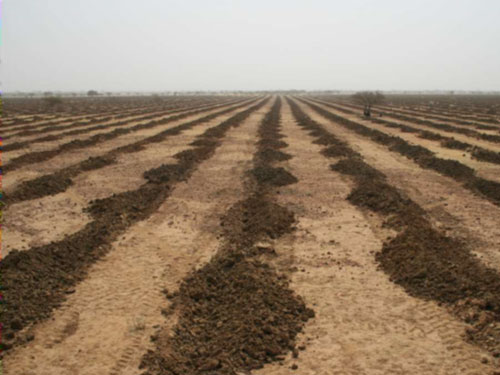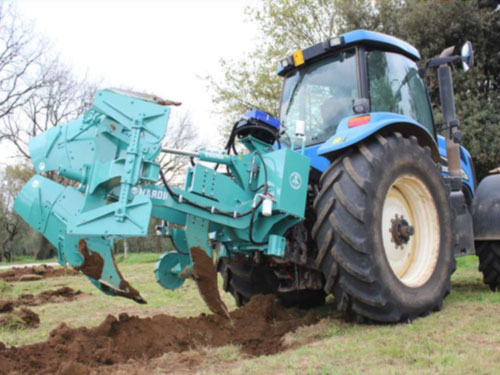Soil Management Systems and food security

Soil is so relevant for agricultural production, in other words: food security starts with the soil. The latter is the title of the recent Global Forum on Food and Agriculture (GFFA), held between January 24th. – 28th. 2022. Speakers and participants from around the globe discussed and shared information on sustainable land use. The other internationally soil-related event is the World Soil Day on December 5th. each year, when the Food and Agriculture Organization of the United Nations reminds people on the soil´s importance.
Against this background, DLG has hosted an international expert talk on AGRITECHNICA digital tackling the question “How Could Soil Management Systems Contribute to Food Security?”. DLG has invited two experts on December 15th. 2021 to discuss (1) the sustainability of soil management systems in general and (2) the connection between soil – or healthy soil – and food security.
Leigh Winowiecki, scientist at World Agroforestry Centre (ICRAF), Nairobi, has been working for two decades on soil and land health issues. Soil enables life on earth by delivering essential ecosystem services. Besides providing food, fibre, and fuel, soil helps in many ecological aspects in climate and flood regulation and soil also makes cultural heritage available. In this regard, she started with some significant numbers: 95% of our food is directly or indirectly produced on our soil; at the same time, more than 25 % of Earth´s surface is degraded, which is impacting 3.2 billion people (2018). This is the reason why soil health is directly connected with food security. Having said this, Leigh highlighted the necessity of science-based monitoring systems, “A robust and rapid monitoring system to inform and de-risk investments are urgently needed”, she said. ICRAF has developed a Land Degradation Surveillance Framework (LDSF) which allows for landscape-level assessments of soil and land health, including the development of hot spot maps of land degradation and places of urgently needed actions. This valuable information is dedicated to decision makers and investors, Leigh explained.
The World Agroforestry scientist reported that soil health has been acknowledged as an important field of action and it therefore part of the UN Food Systems Summit outcome. Action Track 2, Boost Nature-positive Based Solutions of Production, includes the newly formed Coalition of Action 4 Soil Health (CA4SH) which will function as a global coordination center for innovation and knowledge sharing and action to build soil health, according to the official document (Coalition of Action 4 Soil Health (CA4SH) - Food Systems Summit Community). The coalition´s major objective is to improve soil health globally by addressing critical implementation, monitoring, policy, and public and private investment barriers that constrain farmers from adopting and scaling healthy soil practices.
Since soil erosion is the most widespread form of land degradation, the expert talk took a closer look at this topic. Elisa Sassolini, export manager Nardi Group, Italy, introduced the Vallerani System as an evidence-based option to prevent soil erosion. In 1988 the Italian agronomist Veranzo Vellerani developed a system of contour lines in dry areas disposed to soil erosion. These contour lines consist of ploughed furrows with micro basins for planting trees. These basins keep run-off water close to planted seedlings to start vegetation. Vallerani developed a special plough, called Delfino D3s, to form these shallow pits within these contour lines. The micro basins could collect up to 90% of water (rain and runoff). The collected water infiltrates into deeper soil layers and is protected from evaporation, she explained. The Nardi Group holds the patent for producing this plough and Elisa explained how the plough works in detail. The picture below indicates the result:
These micro basins are the places to collect water, seeds, and organic matter over the years, which contribute to the improvement of soil fertility and boost a long-lasting rehabilitation process. The Vallerani System including the Delfino plough have been applied on more than 250.000 ha in 14 countries in Africa, Middle East and China. The NGO Hommes et Terre is a prominent partner implementing the system in West-Africa with great success. In general, this approach combines sustainable land use system with improved food security.
The complete expert talk is available until end of March
Thomas König,
GIZ Business Scout for Development Programme, on behalf of the German Federal Ministry of Economic Cooperation and Development (BMZ) seconded to DLG



